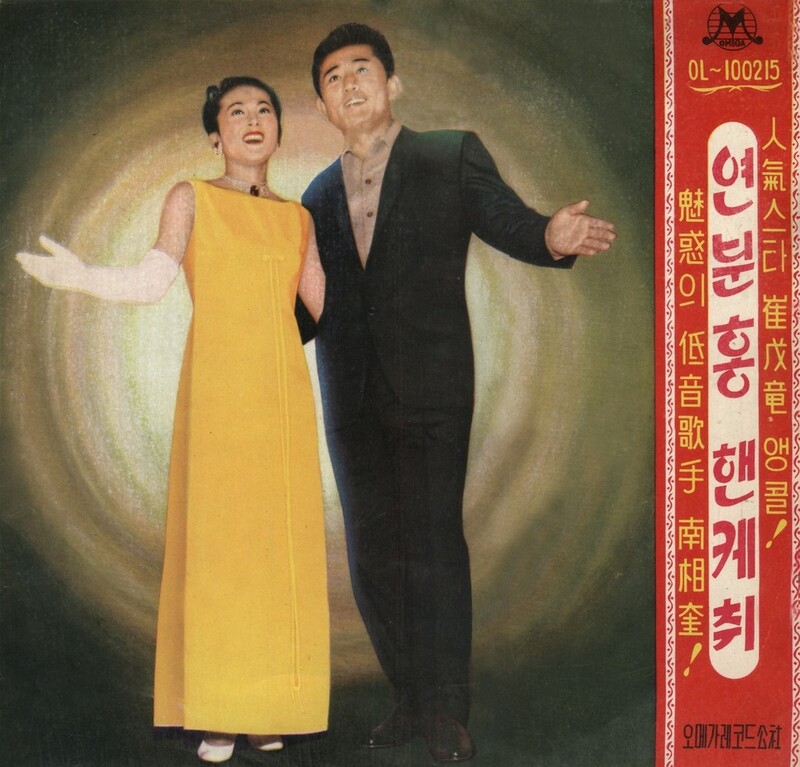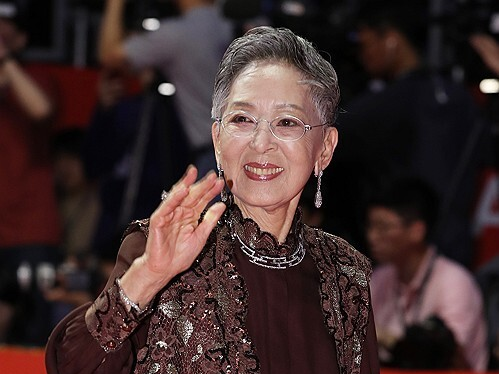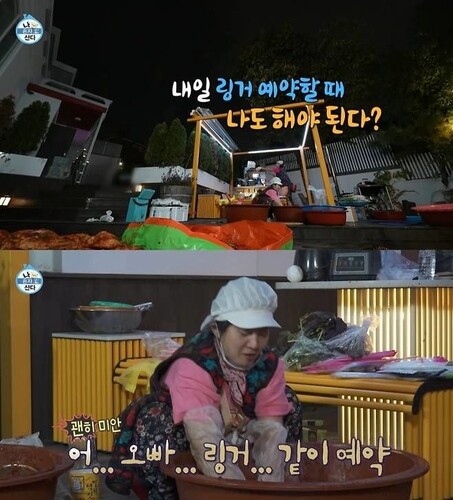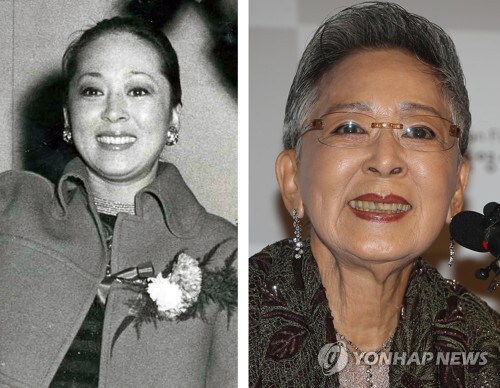 |
| ▲ This photo, provided by the Gyeongju National Research Institute of Cultural Heritage, shows seeds excavated in Wolseong. (PHOTO NOT FOR SALE) (Yonhap) |
GYEONGJU, June 27 (Yonhap) -- In the middle of the Gyeongju Historic Areas, inscribed on UNESCO’s World Heritage List, are included Wolseong heritage site, which holds the millennial history of royal palace of Silla.
Recently, relics that are rarely seen were excavated in huge amounts at Haeja, a pond surrounding the royal palace, which provide significant historic data to look through aspects of Silla.
 |
| ▲ This imaginary picture, provided by the Gyeongju National Research Institute of Cultural Heritage, shows one summer day in Wolseong during the 5th century. (PHOTO NOT FOR SALE) (Yonhap) |
In deposited soil of Haeja, which is one of the historic sites of Gyeongju Wolseong, seeds and pollens were discovered without being damaged, which can be restored thoroughly.
The seeds from 1,600 years ago were well preserved for a long time because they were blocked off from the outside atmosphere, buried deep down at the sedimentary layer of the bottom of the pond.
 |
| ▲ This photo, provided by the Gyeongju National Research Institute of Cultural Heritage, shows a woman washing soil, attached on seeds, with water. (PHOTO NOT FOR SALE) (Yonhap) |
To extract samples of the old plants from the soil of excavation site, a lot of efforts and technologies are needed.
After pouring a clod into water, it needs to be selected using a sieve with fine graduation so that small-scale seeds can be collected as well.
The extraction of pollens is done through the process of melting both organic and inorganic matters except the pollens, by using alkalic or acidic reagents.
According to the analysis, about 70 species of plant seeds were found in Haeja, including prickly waterlily, grains such as rice, barley, wheat, and bean, and fruits such as peaches and plums.
The most excavated ones are seeds of prickly waterlily.
 |
| ▲ This photo, provided by the Gyeongju National Research Institute of Cultural Heritage, shows prickly waterlily. (PHOTO NOT FOR SALE) (Yonhap) |
Prickly waterlily is an annual plant living in a reservoir or a pond, and blooms purple flowers in Summer.
Based on the fact that only highest ruling classes of Silla including royal families wore official uniform in purple, it can be estimated that people of Silla considered purple as a precious color.
Seeds of prickly waterlily were used as ritual food when performing ancestral rites in royal families.
Prickly waterlily, containing about 100 pieces of seeds inside a fruit, is said to symbolize a wish for flourishing of offspring.
 |
| ▲ This photo, provided by the Gyeongju National Research Institute of Cultural Heritage, shows decorations made by sewing up the barks. (PHOTO NOT FOR SALE) (Yonhap) |
It was revealed that there were zelkova trees near the area of Haeja.
Pine trees and oak trees were also growing at the mountain area.
In particular, oak trees which people of Silla widely used, accounted for 58%, the largest percentage among 200 pieces of wooden relics excavated.
Besides that, traces of platycaryas and chestnut trees were also found.
In addition, there were also traces of Silla people utilizing decorations by sewing up barks.
In the sedimentary layer of Haeja, a number of skins of pine nuts which seem to have been used after sewing up them, were discovered.
Surprisingly, deposited pollens buried during the Silla period were also found in Haeja.
After a thorough analysis of the pollens, it is estimated that zelkova trees were most common around the pond, and there were also pine trees, oak trees, platycaryas, ash trees, and elm trees.
 |
| ▲ This photo, provided by the Gyeongju National Research Institute of Cultural Heritage, shows fruits of zelkova trees. (PHOTO NOT FOR SALE) (Yonhap) |
Likewise, it was possible to specifically restore the ecological environment a thousand years ago, thanks to the excavation analysis research about seeds, pollens, and wooden relics held in Gyeongju Wolseong since 2014 in charge of the Gyeongju National Research Institute of Cultural Heritage.
The research of plants excavated at the Jjoksaem site is acknowledged to have significantly contributed to the development of archaeology, which provides precious historic data about the lifestyle and thoughts of Silla people.
(This article is translated from Korean to English by Kim Jimin.)
(END)
(C) Yonhap News Agency. All Rights Reserved







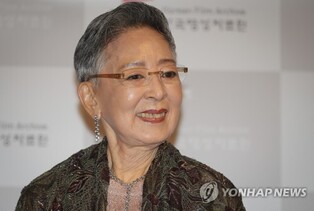

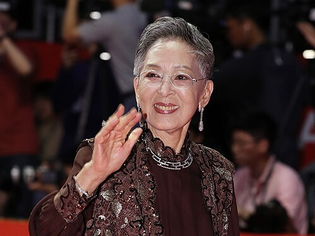
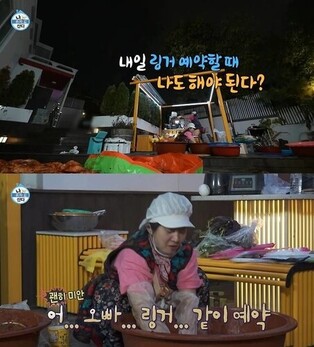
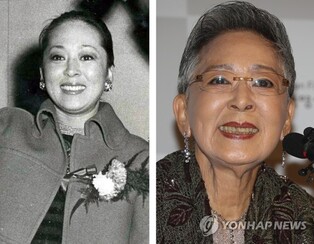

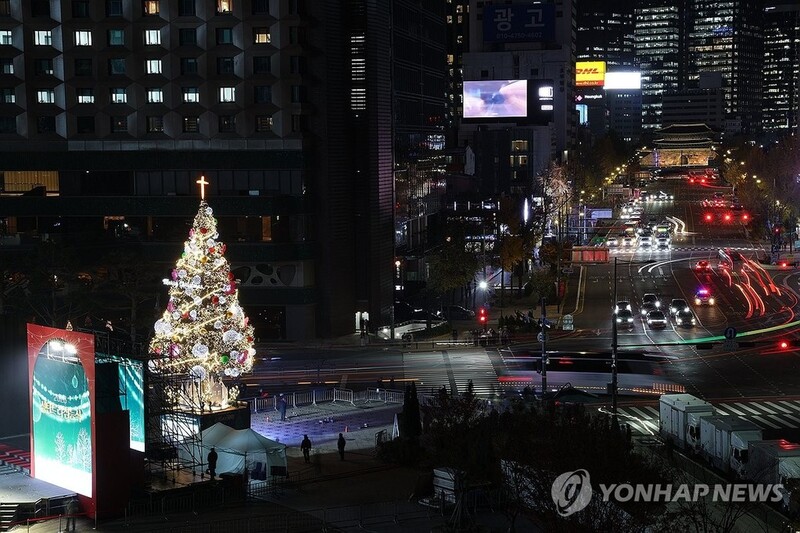

![[가요소식] 10대 싱어송라이터 민서, 데뷔 싱글 '미로'](https://korean-vibe.com/news/data/20251211/yna1065624915952705_742.jpg)
